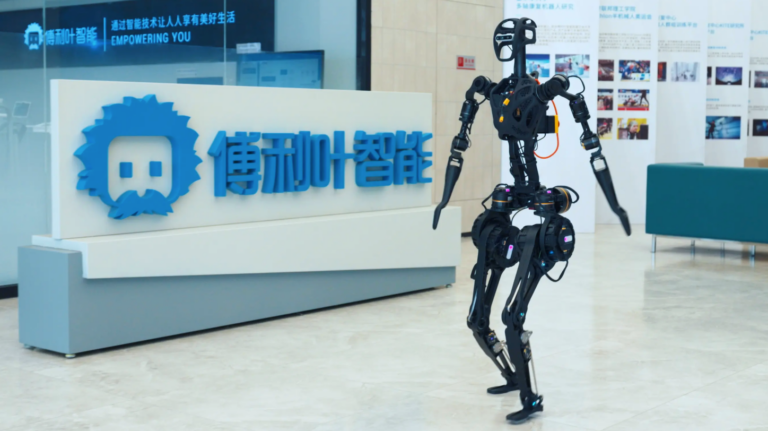A humanoid robot, named GR-1, is set to be mass-produced, with 100 units expected by the end of 2023, to address difficulties associated with China’s ageing population and a lack of medical staff.
The bot has been designed to carry patients from beds to wheelchairs and help carry heavy objects in medical facilities.
According to the World Health Organisation, the China’s population of people aged over 60 is projected to reach 28% by 2040, which has been linked to factors such as longer life expectancy due to medical advancements and declining fertility rates.
Demand for medical services is thus expected to increase, while the availability of labour might not be unable to keep pace.
The World Bank reported that, despite China’s massive population, there were just 3.1 nurses and midwives per 1,000 people and only 2.2 physicians per 1,000 people in 2019.
The humanoid robot has been developed to help address these issues.
GR-1 stands at 1.64m tall and weighs 55kg and some of its basic functions include avoiding obstacles and performing simple logistical tasks.
It remains at the R&D phase of its development cycle, with its developers hoping to have a working prototype ready in two to three years.
Shanghai-based Fourier Intelligence built GR-1, with its CEO expressing that the robot could serve as a multi-purpose caregiver in medical facilities. Some of the roles he expects the robot to fill include therapy assistant and companion to elderly patients.
The company has likewise developed an exoskeleton-style robot designed to support patients undergoing physiotherapy for their arms and legs.









